The beta version of picasa 3.0 is now available to download, and there are quiet a few new features in the picasa web album to go with it (I'll report on those in later blog posts). There is one features in the new picasa which pleases me a lot. It is the addition of a clone like tool, called retouch. Having to use a clone tool which copies texture from elsewhere on your photo to cover dust marks or remove unwanted distractions is the one thing I seem to routinely do outside picasa these days. Best of all this new tool is really easy to use.
I took this picture while concentrating on the snooty tern, as it went into a dive so did a pacific gull, both spoiling each others approach. No fish diner for either I'm afraid. Unfortunately when I looked afterwards there were a lot of dust particles on the image spoiling it. So it was a perfect photo to test out the new picasa retouch feature.
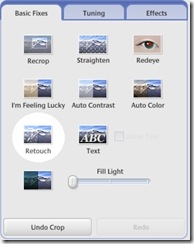 The retouch tool is on the basic fixes tab, that appears when you select a single photo. The tool is very simple to use, there is a brush width slide (which opens up or closer a circular target zone) every thing else is controlled from the mouse. Move the circle to the desired place on the photo and click the mouse to select that area to be fixed. Now the move the mouse again to select an appropriate replacement area( the area under the mouse, will be supper imposed in preview in the target
The retouch tool is on the basic fixes tab, that appears when you select a single photo. The tool is very simple to use, there is a brush width slide (which opens up or closer a circular target zone) every thing else is controlled from the mouse. Move the circle to the desired place on the photo and click the mouse to select that area to be fixed. Now the move the mouse again to select an appropriate replacement area( the area under the mouse, will be supper imposed in preview in the target 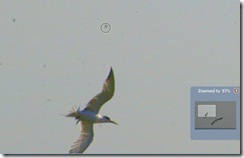 area). Clicking the mouse again will paste that retouch in place. The mouse. if you have a well mouse you can use it to zoo in and out. Well almost everything is mouse controlled, you have to hold down the <Ctrl> key as you move the mouse if you want to pan on a zoomed in section of the photo. Unlike most other photo editors (and like most other tools in picasa) the original photo is not changed just your view of it, and changes can be undone at a later time. You can always store the change by exporting the photo.
area). Clicking the mouse again will paste that retouch in place. The mouse. if you have a well mouse you can use it to zoo in and out. Well almost everything is mouse controlled, you have to hold down the <Ctrl> key as you move the mouse if you want to pan on a zoomed in section of the photo. Unlike most other photo editors (and like most other tools in picasa) the original photo is not changed just your view of it, and changes can be undone at a later time. You can always store the change by exporting the photo.
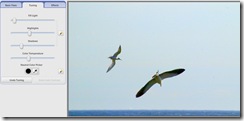 A final step was to use the standard tuning feature in picasa to enhanced contrast a little (using the highlights and shadows sliders) and "cooling" the colour (making it slightly bluer).
A final step was to use the standard tuning feature in picasa to enhanced contrast a little (using the highlights and shadows sliders) and "cooling" the colour (making it slightly bluer).
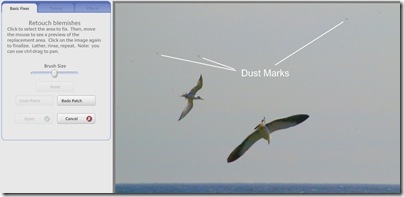
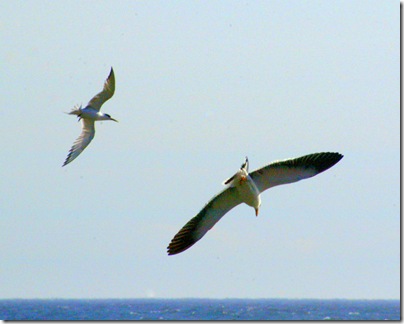
No comments:
Post a Comment